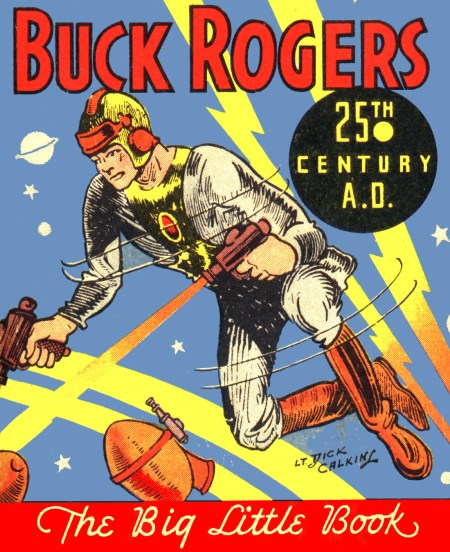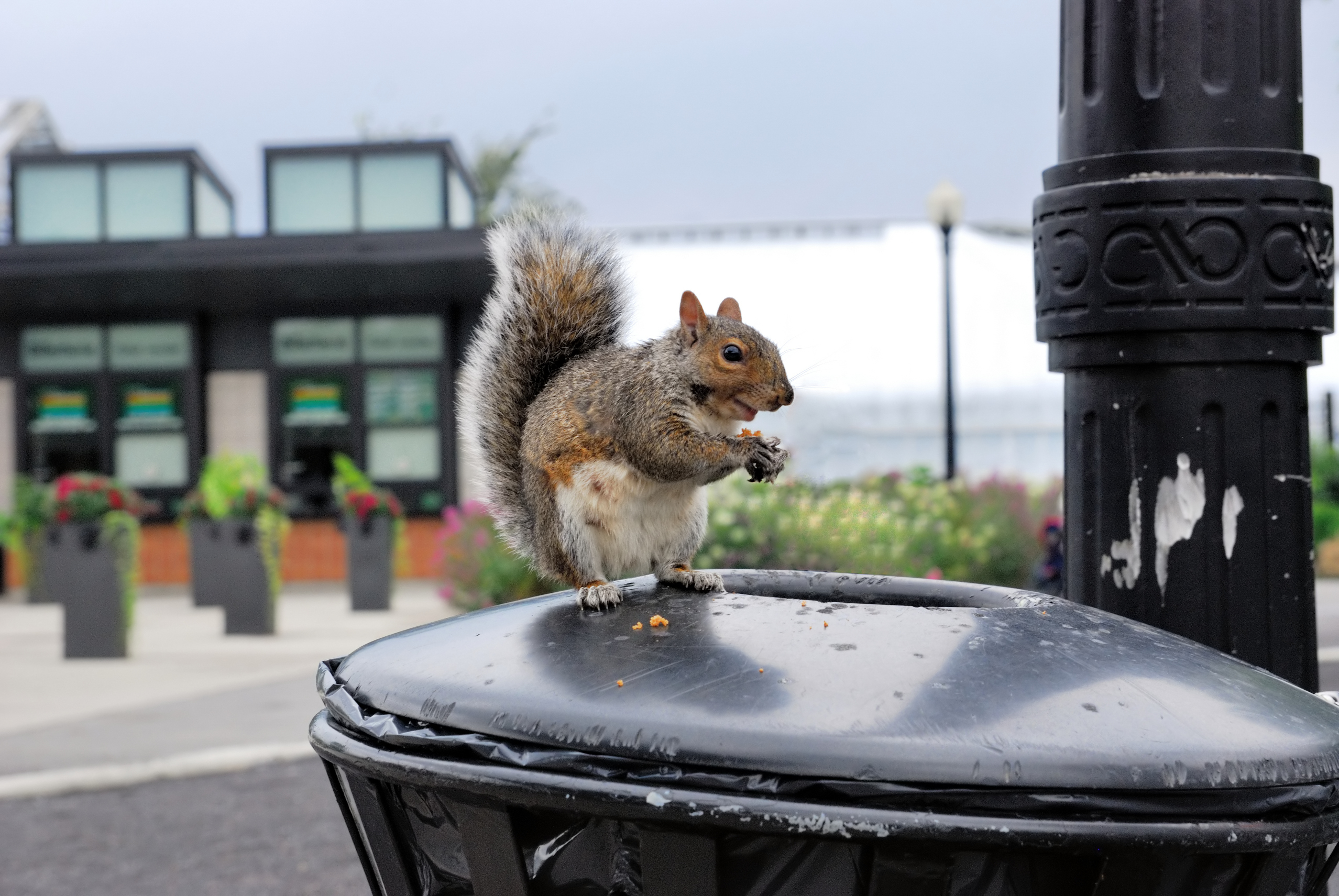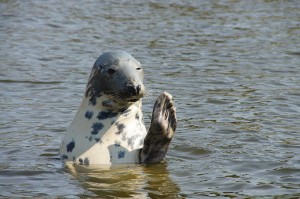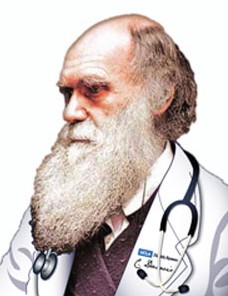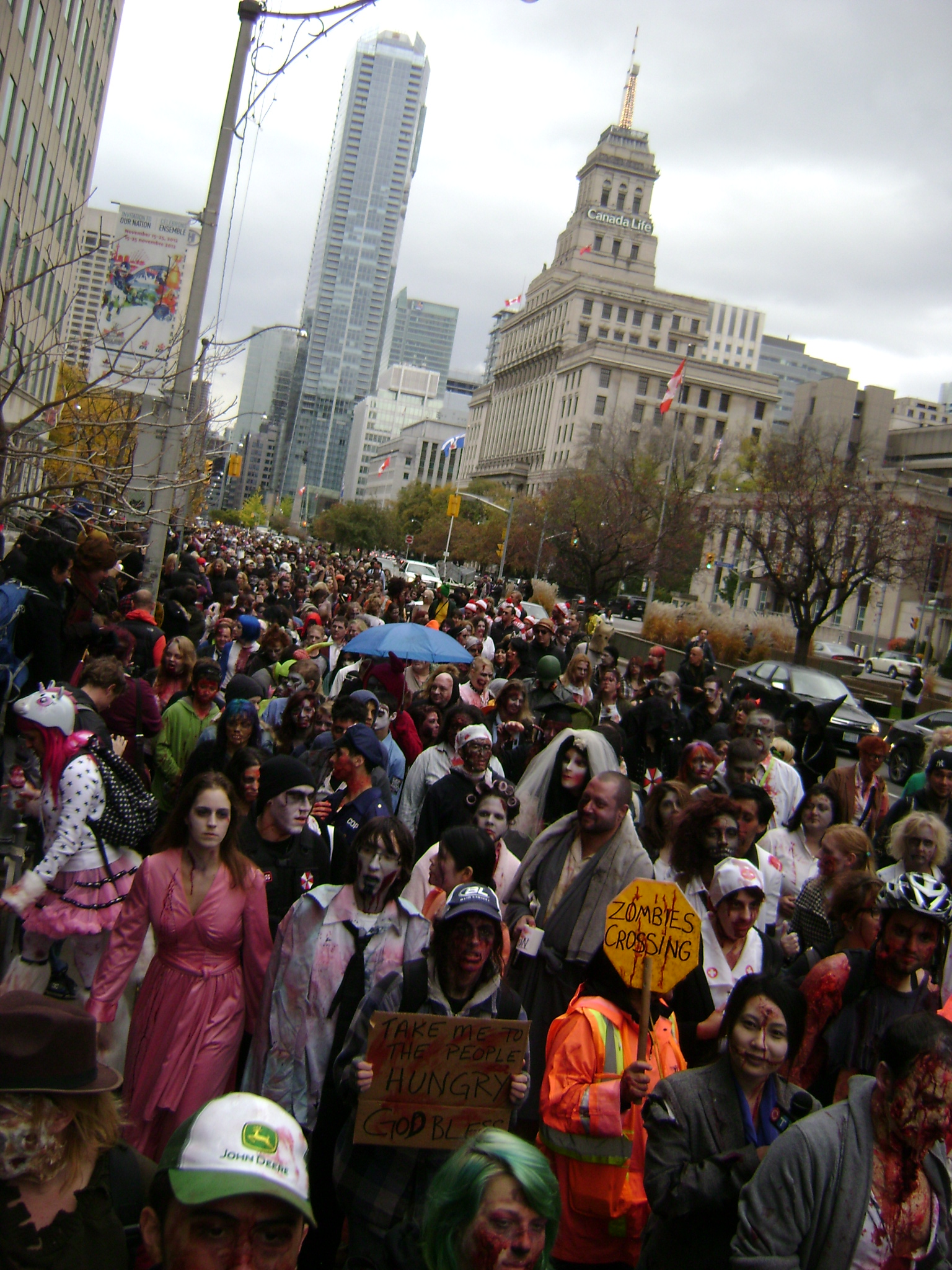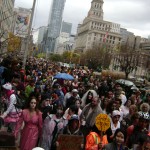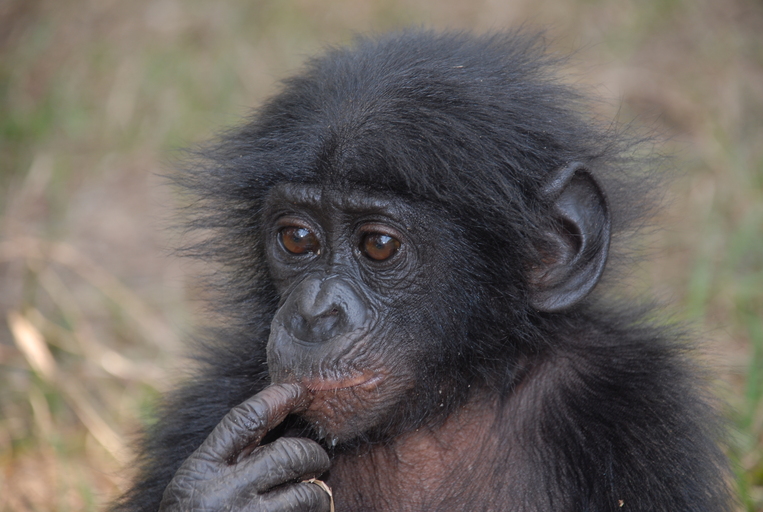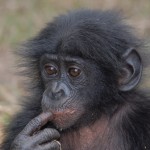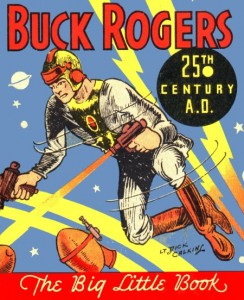
We love to explore and our adventures into outer space represent the acme of our derring-do. But when we leave our cozy planet we put an awful lot of stress on our minds and bodies. The billions of years of evolutionary pressures exerted on our ancestors all took place within the confines of Earth so a sudden dose of zero gravity is completely alien to us.
Some of the effects of space travel will give even those among you with the right stuff cause for pause.
There are the obvious perils like the terrifying oxygen-less vacuum of space but other, less obvious, afflictions abound.
Okay, so our skeletal system allows us to saunter around this planet quite comfortably. The whole point of the system is to provide some structure and locomotory ability against the force of gravity. But remove the pull and the bones start to wither away. There’s no longer any strain for the bones to resist. It happens at quite an alarming rate too. An average (?) astronaut can expect to lose 1% of his bone mass per month due to spaceflight osteopenia.
Still there’s no shortage of people who’d jump at the chance to be a star voyager for a few months.
But with longer flights, like a mission to Mars, there are even more insidious problems to consider. Back in 2010, six astronauts were selected to simulate such a mission (I was rejected for being too tall). They were locked in a room modeled on a spacecraft and given tasks that would be typical of such a journey. The whole ‘trip’ took 520 days and was an effort to better understand what happens to a person during a period of prolonged isolation.
While not quite space madness the six developed a range of symptoms. Chief among them were hypokinesis and disturbed sleep-wake cycles. The authors of the study describing the effects believe that the cause of these problems was a disruption to the circadian rhythms of the people involved. On Earth, we have our 24 hour day with its predictable light and dark cycle. But in space there is no such thing. Subtle changes in light can throw off your internal clock. This would be quite problematic. If one person has changed to a 25 hour day this can destroy the working ability of the team because he’ll find himself sleeping when everyone else is up.
It’s quite frustrating that we don’t have a biological blank slate that can adapt to all conditions. When we blast off from Earth, one thing we don’t leave behind is our evolutionary past.
Author
Adam Kane: kaned[at]tcd.ie
Photo credit
wikimedia commons

